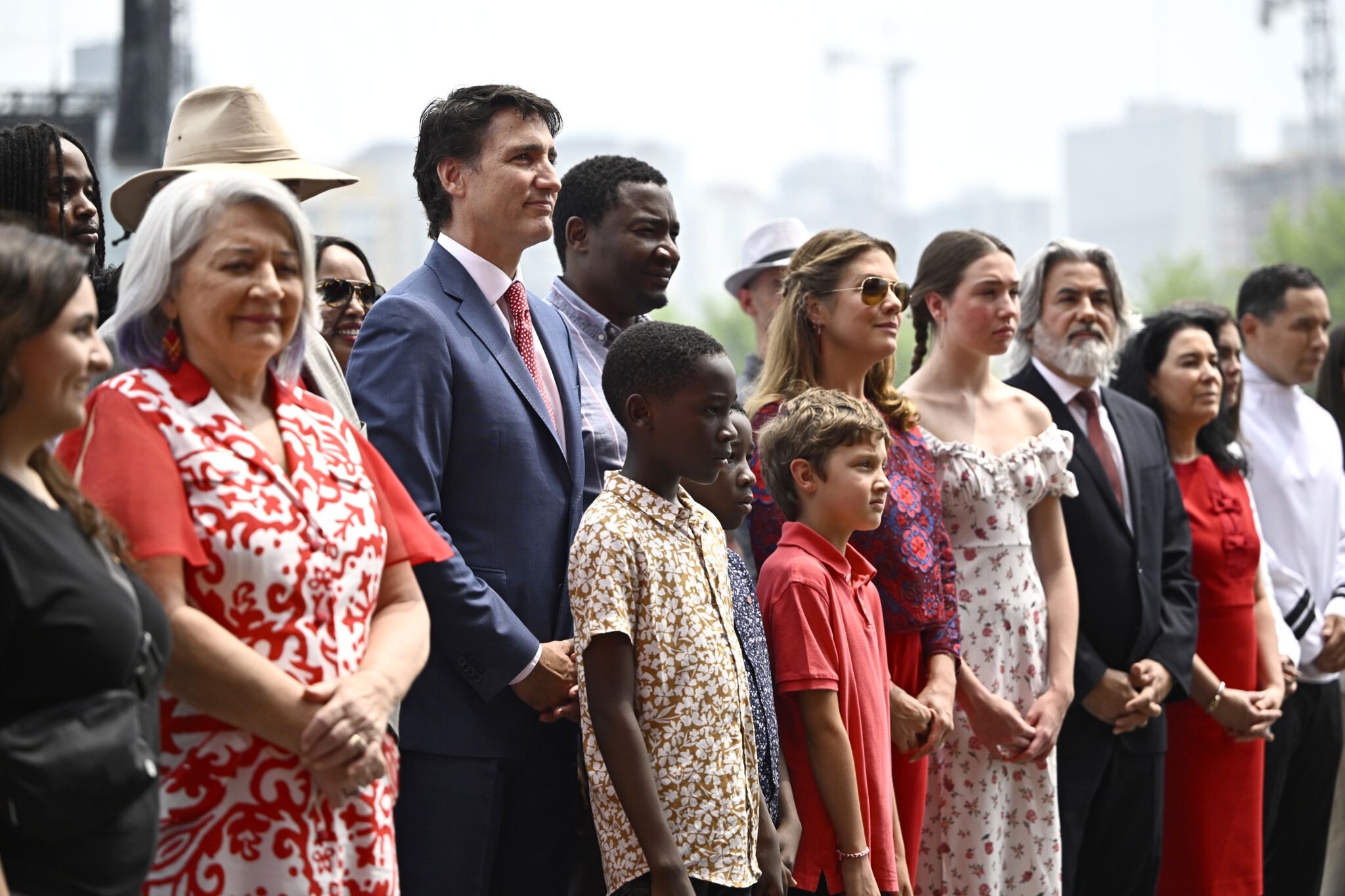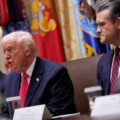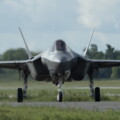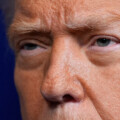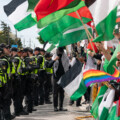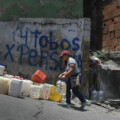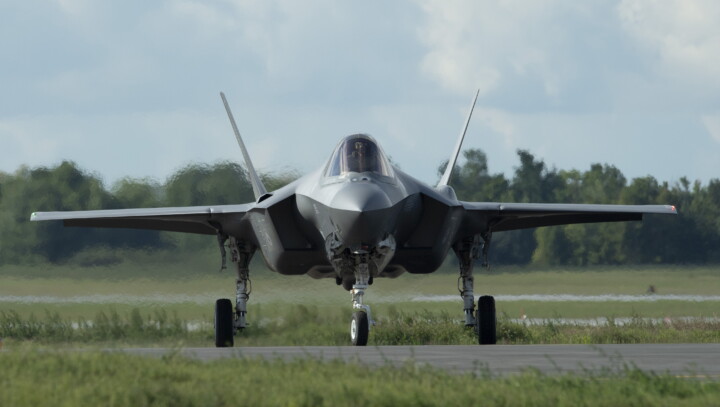Jason Kenney, former premier of Alberta and Canada’s longest-serving federal immigration minister, said the Trudeau government likely “imagined” it would be “creating a new permanent Liberal voting bloc” by rapidly boosting Canada’s immigration numbers, but instead ended up eroding Canada’s pro-immigration consensus.
The former politician, who made his name as a cabinet minister who embraced immigration and made major Conservative inroads into a variety of ethnic communities, made the comments in an exclusive interview with The Hub.
Breaking the consensus on immigration
“I think one of the worst legacies of the Trudeau government will have been to undermine what used to be the most robust pro-immigration consensus of any Western democracy,” Kenney told Hub co-founder and editor-at-large Sean Speer. “I think they have redirected public opinion from being very broadly supportive about immigration, towards the public opinion environment you see on immigration in the United States and Europe.”
“I think this was a catastrophic mistake,” he concluded.
Statistics Canada data shows that the country has welcomed over 2.5 million permanent immigrants since 2015, the year Prime Minister Justin Trudeau took office.
Last year, Canada accepted 471,771 immigrants and 804,901 non-permanent residents. Immigration accounted for 97.6 percent of Canada’s population growth in 2023. Immigrants currently make up the largest share of the population in over 150 years.
In 2022, then-Immigration, Refugees and Citizenship minister Sean Fraser said high immigration levels would, “help businesses find the workers they need, set Canada on a path that will contribute to our long-term success, and allow us to make good on key commitments to vulnerable people fleeing violence, war and persecution.”
Two years later, many are sounding the alarm, saying the government’s immigration agenda has been too much and too fast. Experts say high immigration numbers have fuelled Canada’s housing crisis.
“In the last three-and-a-half years, Canada’s population has grown by 3 million people, the level the country typically experiences in a decade, and slightly more than we experienced in the entire 1990s,” explained economist Mike Moffat in The Hub this week. “This level of growth was only sustainable if infrastructure and housing construction experienced similar increases. They did not, leaving our healthcare system underfunded and growing Canada’s shortfall of homes at nearly one million units.”
Rapid and high immigration has also put a strain on public services like schools, transit, and hospitals.
The government has also faced criticism for the lack of oversight it showed when it came to ballooning temporary foreign worker and international student programs.
Amidst the immigration increases, workers are struggling to find jobs, as demonstrated by long line-ups at job fairs.
#WATCH: Job fair in Toronto yesterday. pic.twitter.com/2ASDJty5Hx
— 6ixBuzzTV (@6ixbuzztv) September 6, 2024
Questions have also risen around integration amidst, among other things, a considerable number of pro-Hamas and pro-Khalistan extremist rallies in Canada’s streets and tensions between various ethnic groups.
"Say Allah Akbar O muslim, explode the head of zionists"
— CIJA (@CIJAinfo) September 9, 2024
One of Montreal4Palestine's leaders is calling for the extermination of “Zionists” i.e. Jews.⁰⁰The fact that these words inciting hatred and violence are spoken freely should sound the alarm against the Islamist… pic.twitter.com/nF0UDw32zv
A recent Leger poll found 65 percent of Canadians believe the Liberals’ current immigration targets are too high, while only three percent said they are too low.
Seventy-eight percent said immigration is contributing to the housing shortage, while 76 percent said it is impacting the health-care system. Compare this to 2015 when 82 percent of Canadians believed that “immigration has a positive impact on the economy of Canada.”
“It’s a false dichotomy to suggest that you could still bring in like half a million permanent residents plus land 100,000 successful asylum claimants a year…without some negative consequences as well,” said Kenney. He added that it’s “almost an open borders situation.”
The Harper-era cabinet minister did, however, make it clear that he is not against immigration. Rather, he opposes the mismanagement of the system.
Touting his record as immigration minister, Kenney said, “We welcomed [something like] 1.4 million permanent residents over five years, and 900,000 new citizens.”
“I increased the number of resettled refugees responsibly…reformed the entire system across the spectrum,” Kenney said. “We ended up in the Harper government with a system that was widely regarded by centrists, academics…as something of a model for the world.”
In the past, including when Kenney was immigration minister, many immigrants to Canada were chosen via a points system. However, that is less and less the case today.
In 2019, about 46 percent of economic immigrants were selected through the federal skilled workers program on the basis that they had the highest number of points. However, estimates predict that by 2026, only 8 percent of all immigrants will be selected based on having the highest points score.
The number of temporary foreign worker approvals, including low-skill workers, has also grown by 120 percent. In some sectors, the amount of temporary foreign workers has increased by over 1000 percent.
In light of all this, the Trudeau government announced in August new measures to limit the number of new temporary foreign workers.
“The temporary foreign worker program was designed to address labour market shortages when qualified Canadians were not able to fill those roles. Right now, we know that there are more Canadians qualified to fill open positions,” said Employment, Workforce Development and Official Languages Minister Randy Boissonnault.
However, the government is still planning on welcoming 500,000 permanent residents in 2025 and 2026.
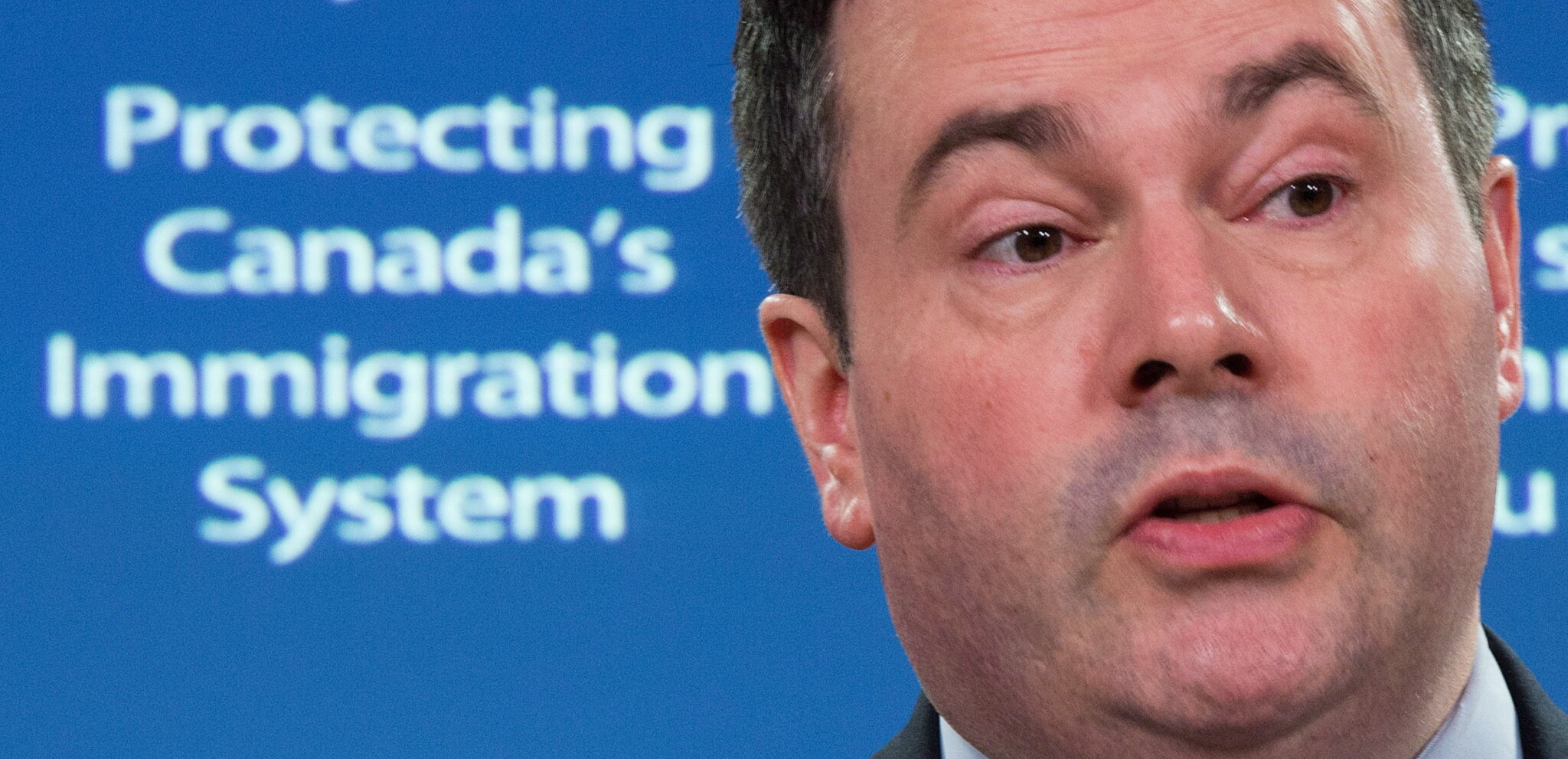
Minister of Immigration Jason Kenney holds a press conference in Ottawa on Thursday November 29, 2012. Sean Kilpatrick/The Canadian Press.
Ensuring a Liberal voting bloc?
Kenney cited a few reasons for why he believed the Trudeau government pushed its immigration agenda, including political reasons.
“They imagined, with these high levels, both on the permanent and temporary side, that they’re creating a new permanent Liberal voting bloc, and inversely, a political trap for the Conservatives,” he said. Similar accusations have been lodged against Democrats south of the border—that by welcoming newcomers they are attempting to secure grateful future voters.
The Hub reached out to Immigration, Refugees and Citizenship Canada as well as the Liberal Party of Canada about Kenney’s accusation, but they did not provide a comment.
Liberals had hoped to get Conservatives “to come out and oppose these extraordinarily high numbers,” according to Kenney.
However, Kenney said the Liberal plan backfired. “They’ve created their own political trap because it’s new Canadians who are the most vulnerable to shortages in the labour market…[and] health care.”
“The negative aspects of your irresponsibly high levels are most acutely felt by newcomers,” he said.
Kenney also cited pressure from the business community for why the numbers have gotten so high.
In a recent statement, the Canadian Federation for Independent Business defended the rapid rise in temporary foreign workers, noting that they remain “an important pillar of Canada’s labour market.”
“The reality is that Canada’s available workforce doesn’t fully meet its needs, especially in sectors like agriculture, caregiving and skilled trades, as well as in rural areas,” argued CFIB. “Labour shortages in these vital sectors of the economy will only get worse as the incoming generation of workers can’t compensate for the wave of retirees we’ll see in the coming years.”
Kenney pointed out that the Liberals’ immigration agenda has hurt Canadian workers.
“What they’ve done in the temporary foreign workers program is prevent the natural market response to labour scarcity, which has higher salaries and benefits,” he said. “We have not seen wages grow in proportion to what they should be.”
“We’re now six straight years getting poorer as a country. [We’re] one of only three OECD industrialized countries, to see negative growth in per capita GDP, all of which was perfectly predictable,” he added.
